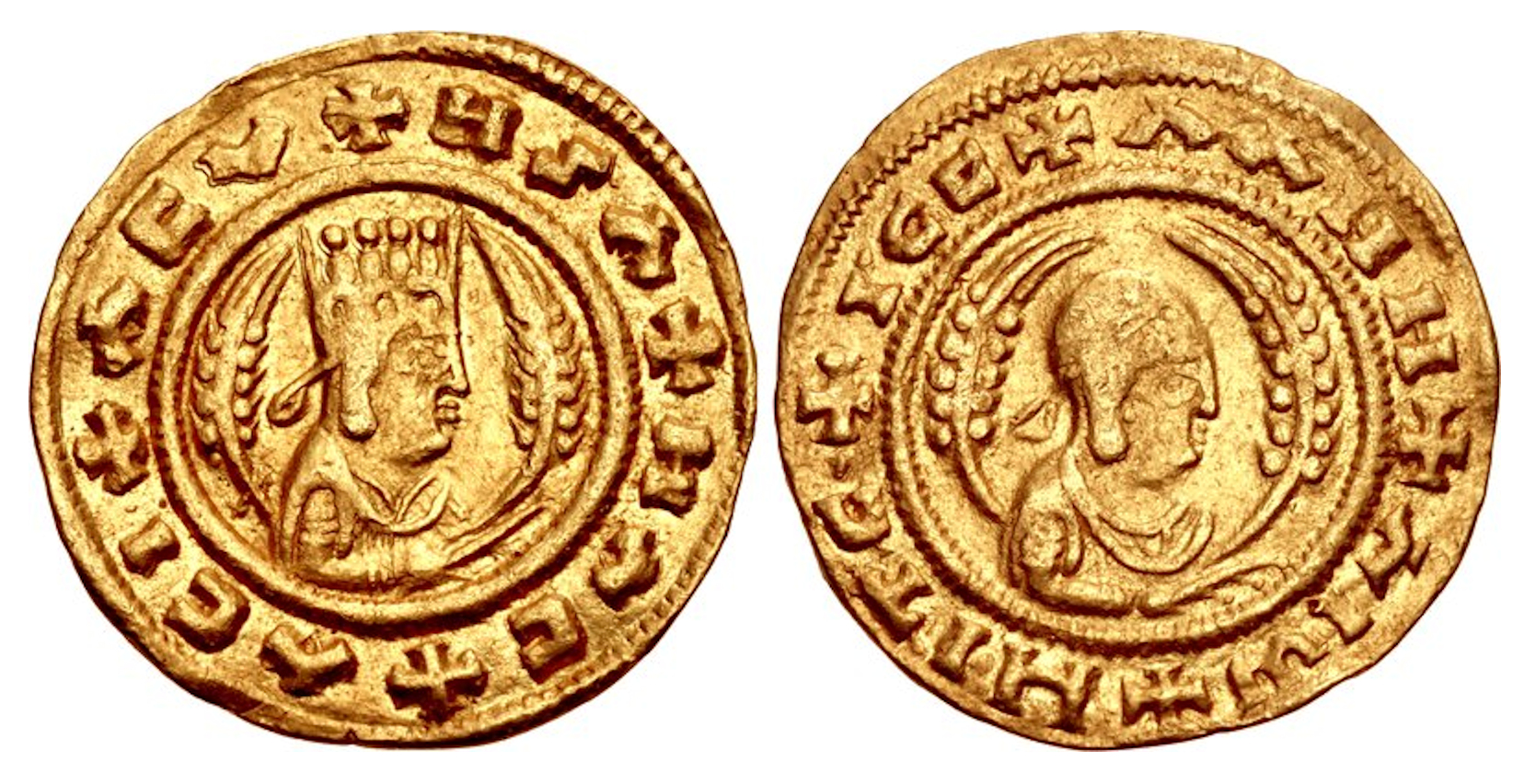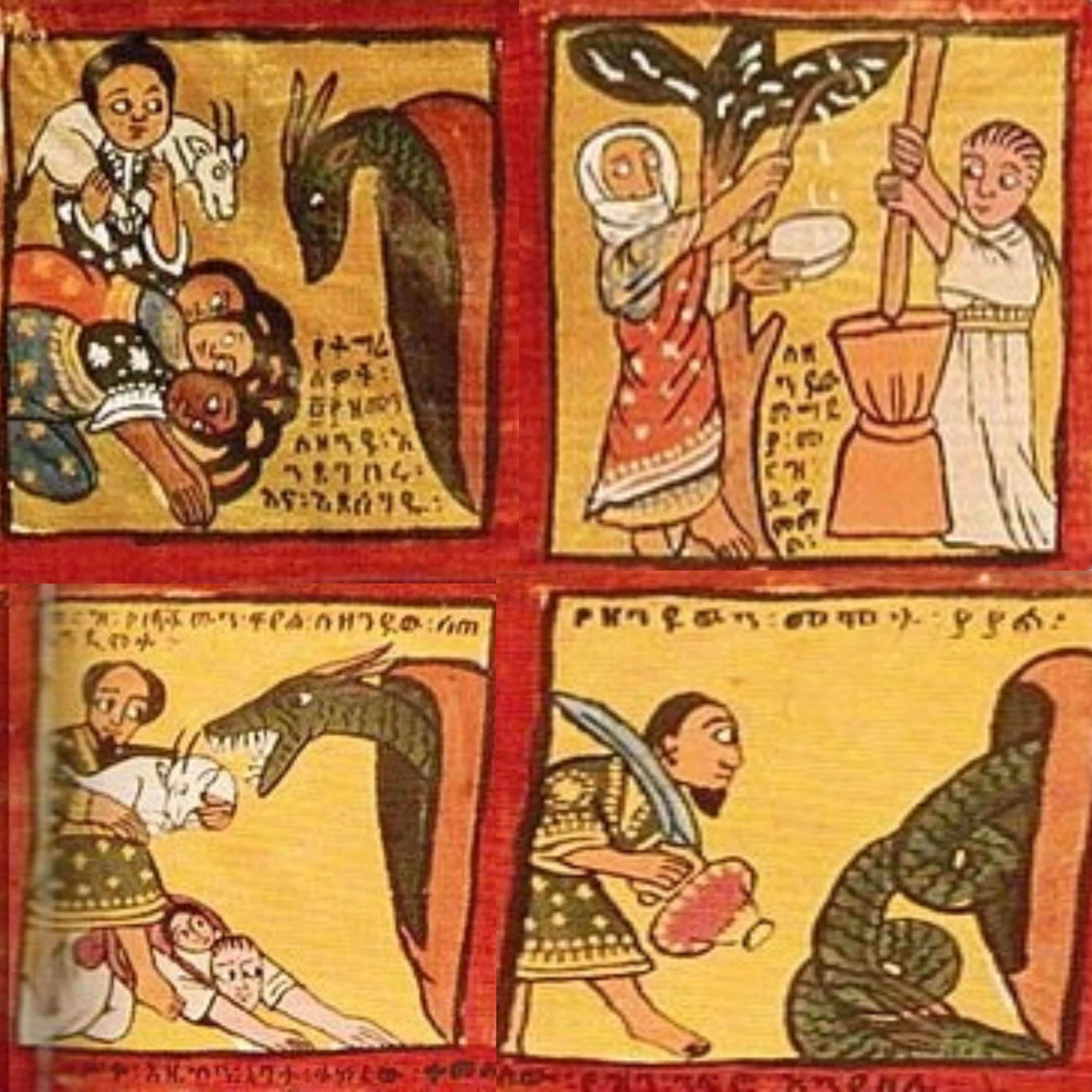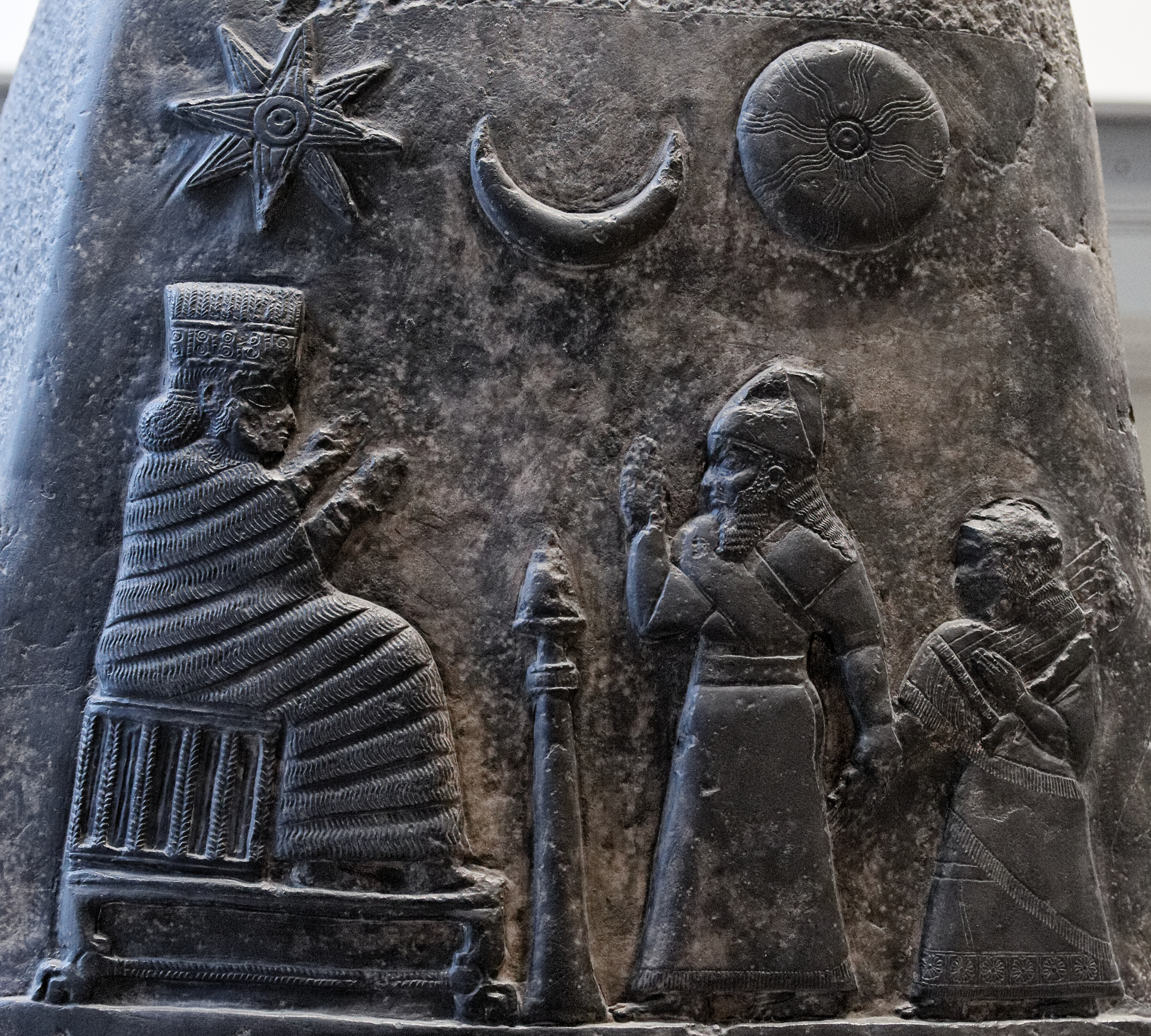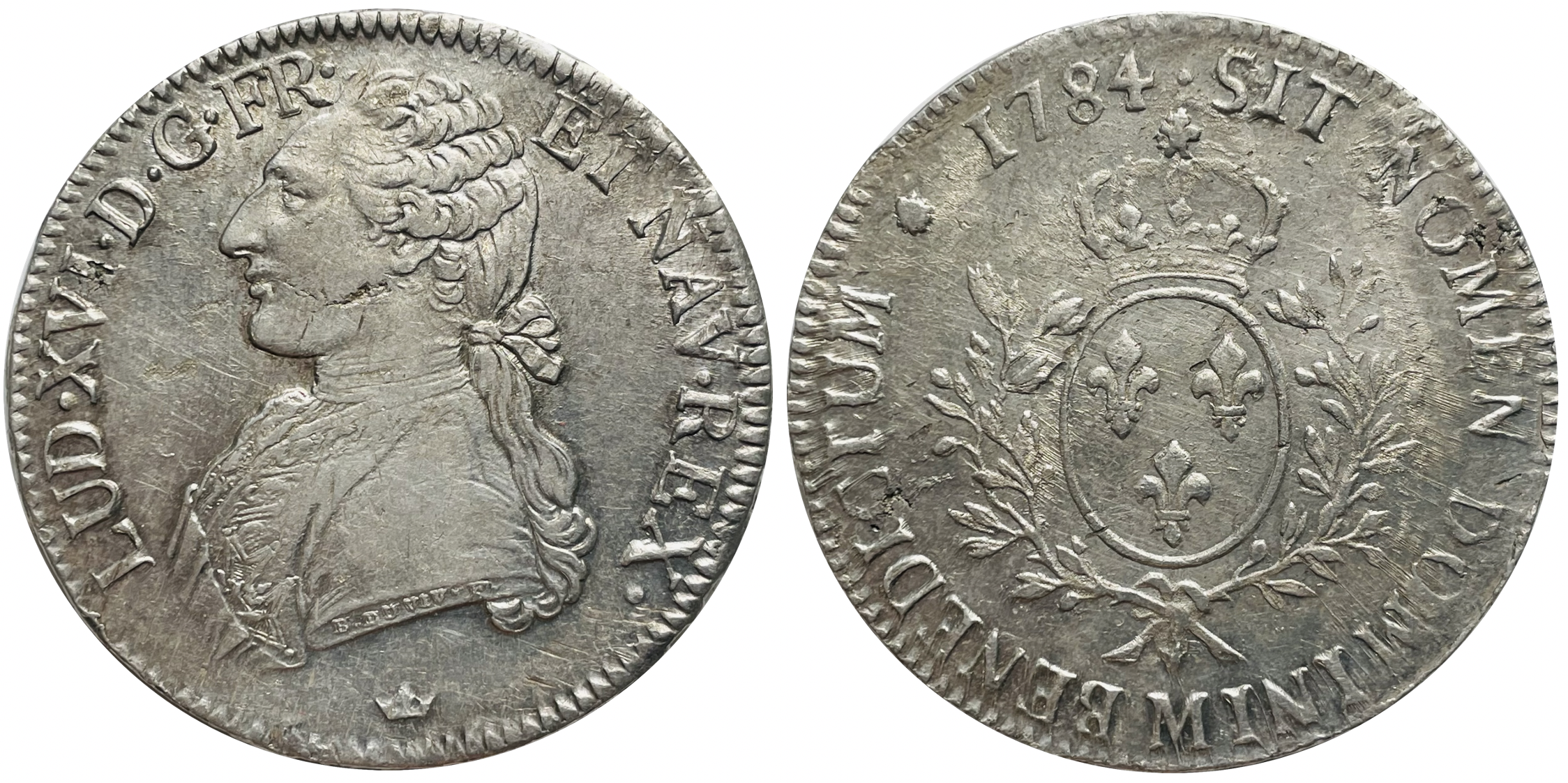|
Endybis
Endubis or Endybis (Greek: Ενδυβις) was a late-3rd-century sovereign of the Kingdom of Aksum in East Africa (modern-day Ethiopia and Eritrea). He was among the earliest rulers in the Africa to mint his own coins; according to Stuart Munro-Hay, "No other sub-Saharan African state issued its own independent coinage in ancient times -- indeed no other African state at all, since those in North Africa (Libya and Mauritania) fell under Roman dominion." The Aksumite currency of his reign was issued in gold, silver, and bronze or copper denominations and bore inscriptions in Koine Greek. Coinage The coins of Endubis are dated to c. 295 to c. 310 and are "undoubtedly ..the oldest Aksumite coins". The weight of the gold coins issued in his reign are equivalent to "the weight of the half-aureus or quinarius of the last half of the 3rd century AD." More precise clues can be seen in the currency reforms during the reign of Diocletian, who reorganised the issuing of gold coins in 28 ... [...More Info...] [...Related Items...] OR: [Wikipedia] [Google] [Baidu] |
Aksumite Currency
Aksumite currency was coinage produced and used within the Kingdom of Aksum (or Axum) centered in present-day Ethiopia and Eritrea. Its mintages were issued and circulated from the reign of King Endubis around AD 270 until it began its decline in the first half of the 7th century where they started using Dinar along with most parts of the Middle East. During the succeeding medieval period, Mogadishu currency, minted by the Sultanate of Mogadishu, was the most widely circulated currency in the eastern and southern parts of the Horn of Africa from the start of the 12th century. Aksum's currency serves as an indicator of the kingdom's contemporary cultural influences and religious climate (first polytheistic and later Oriental Christianity). It also facilitated the Red Sea trade on which it thrived.Stuart Munro-Hay, ''Aksum: An African Civilization of Late Antiquity'' (Edinburgh: University Press, 1991), p. 155. The coinage has also proved invaluable in providing a reliable ch ... [...More Info...] [...Related Items...] OR: [Wikipedia] [Google] [Baidu] |
Endybis
Endubis or Endybis (Greek: Ενδυβις) was a late-3rd-century sovereign of the Kingdom of Aksum in East Africa (modern-day Ethiopia and Eritrea). He was among the earliest rulers in the Africa to mint his own coins; according to Stuart Munro-Hay, "No other sub-Saharan African state issued its own independent coinage in ancient times -- indeed no other African state at all, since those in North Africa (Libya and Mauritania) fell under Roman dominion." The Aksumite currency of his reign was issued in gold, silver, and bronze or copper denominations and bore inscriptions in Koine Greek. Coinage The coins of Endubis are dated to c. 295 to c. 310 and are "undoubtedly ..the oldest Aksumite coins". The weight of the gold coins issued in his reign are equivalent to "the weight of the half-aureus or quinarius of the last half of the 3rd century AD." More precise clues can be seen in the currency reforms during the reign of Diocletian, who reorganised the issuing of gold coins in 28 ... [...More Info...] [...Related Items...] OR: [Wikipedia] [Google] [Baidu] |
Aksumite
The Kingdom of Aksum, or the Aksumite Empire, was a kingdom in East Africa and South Arabia from classical antiquity to the Middle Ages, based in what is now northern Ethiopia and Eritrea, and spanning present-day Djibouti and Sudan. Emerging from the earlier Dʿmt civilization, the kingdom was founded in the first century. The city of Axum served as the kingdom's capital for many centuries until it relocated to Kubar in the ninth century due to declining trade connections and recurring invasions. The Kingdom of Aksum was considered one of the four great powers of the third century by the Persian prophet Mani, alongside Persia, Rome, and China. Aksum continued to expand under the reign of Gedara (), who was the first king to be involved in South Arabian affairs. His reign resulted in the control of much of western Yemen, such as the Tihama, Najran, al-Ma'afir, Zafar (until ), and parts of Hashid territory around Hamir in the northern highlands until a joint Himyarite-Sab ... [...More Info...] [...Related Items...] OR: [Wikipedia] [Google] [Baidu] |
Ethiopia
Ethiopia, officially the Federal Democratic Republic of Ethiopia, is a landlocked country located in the Horn of Africa region of East Africa. It shares borders with Eritrea to the north, Djibouti to the northeast, Somalia to the east, Kenya to the south, South Sudan to the west, and Sudan to the northwest. Ethiopia covers a land area of . , it has around 128 million inhabitants, making it the List of countries and dependencies by population, thirteenth-most populous country in the world, the List of African countries by population, second-most populous in Africa after Nigeria, and the most populous landlocked country on Earth. The national capital and largest city, Addis Ababa, lies several kilometres west of the East African Rift that splits the country into the African Plate, African and Somali Plate, Somali tectonic plates. Early modern human, Anatomically modern humans emerged from modern-day Ethiopia and set out for the Near East and elsewhere in the Middle Paleolithi ... [...More Info...] [...Related Items...] OR: [Wikipedia] [Google] [Baidu] |
Diocletian
Diocletian ( ; ; ; 242/245 – 311/312), nicknamed Jovius, was Roman emperor from 284 until his abdication in 305. He was born Diocles to a family of low status in the Roman province of Dalmatia (Roman province), Dalmatia. As with other Illyrian emperors, Illyrian soldiers of the period, Diocles rose through the ranks of the military early in his career, serving under Aurelian and Probus (emperor), Probus, and eventually becoming a Roman cavalry, cavalry commander for the army of Emperor Carus. After the deaths of Carus and his son Numerian on a campaign in Sasanian Empire, Persia, Diocles was proclaimed emperor by the troops, taking the name "Diocletianus". The title was also claimed by Carus's surviving son, Carinus, but he was defeated by Diocletian in the Battle of the Margus. Diocletian's reign stabilized the empire and ended the Crisis of the Third Century. He initiated the process of the Roman Empire split and appointed fellow officer Maximian as ''Augustus (title), Augu ... [...More Info...] [...Related Items...] OR: [Wikipedia] [Google] [Baidu] |
List Of Kings Of Axum
The kings of Axum ruled an important trading state in the area which is now northern Ethiopia and Eritrea, from 400 BC to 960 AD. Sources Various regnal lists of Axumite monarchs have survived to the present day via manuscripts or oral tradition. However, the lists often contradict each other and many lists contain incomplete or scattered information. The lists were likely compiled over a long period at several different monasteries. Some historians consider these lists to be untrustworthy. There are a number of legendary figures at the beginning of some lists whose historicity is difficult to confirm or trace. Axumite kings may have used multiple names similar to the later Emperors of the Ethiopian Empire (1270–1974), resulting in different names for the same ruler on different lists. Aksumite coins have proven useful for constructing a chronology of Axumite kings. Around 98 percent of the city of Axum has not yet been excavated. At least 18 kings have been identified with ... [...More Info...] [...Related Items...] OR: [Wikipedia] [Google] [Baidu] |
Greek Language
Greek (, ; , ) is an Indo-European languages, Indo-European language, constituting an independent Hellenic languages, Hellenic branch within the Indo-European language family. It is native to Greece, Cyprus, Italy (in Calabria and Salento), southern Albania, and other regions of the Balkans, Caucasus, the Black Sea coast, Asia Minor, and the Eastern Mediterranean. It has the list of languages by first written accounts, longest documented history of any Indo-European language, spanning at least 3,400 years of written records. Its writing system is the Greek alphabet, which has been used for approximately 2,800 years; previously, Greek was recorded in writing systems such as Linear B and the Cypriot syllabary. The Greek language holds a very important place in the history of the Western world. Beginning with the epics of Homer, ancient Greek literature includes many works of lasting importance in the European canon. Greek is also the language in which many of the foundational texts ... [...More Info...] [...Related Items...] OR: [Wikipedia] [Google] [Baidu] |
Shams (deity)
Shams, also called or ''Shamsum'' or ''Dhat-Ba' dhanum'', is a sun goddess of Arabian mythology. She was the patron goddess of the Himyarite Kingdom. Her name meant 'shining', 'Sun', or 'brilliant'. She was the South Arabian equivalent of the North Arabian sun goddess Nuha. Prior to Islam, religion on the Arabian Peninsula focused on local gods, with every tribe and kingdom having their particular protective deities. However, there were also gods common for all Arabs, and the trinity of gods representing the Sun, the Moon and the planet Venus seem to have been worshipped throughout Arabia, though their names, gender and worship differed between regions. Thus, Nuha was the name of the sun goddess in Northern Arabia, while the name of the sun goddess in Southern Arabia was Shams. As Nuha, Shams was also worshipped in a trinity alongside the male gods of the Moon and Venus. In Saba', the sun goddess Shams was worshipped with the god of the planet Venus, Athtar, and Almaqah, ... [...More Info...] [...Related Items...] OR: [Wikipedia] [Google] [Baidu] |
Sin (mythology)
Sin () or Suen (, ) also known as Nanna ( ) is the Mesopotamian god representing the moon. While these two names originate in two different languages, respectively Akkadian language, Akkadian and Sumerian language, Sumerian, they were already used interchangeably to refer to one deity in the Early Dynastic Period (Mesopotamia), Early Dynastic period. They were sometimes combined into the double name Nanna-Suen. A third well attested name is Dilimbabbar (). Additionally, the name of the moon god could be represented by logograms reflecting his lunar character, such as d30 (), referring to days in the lunar month or dU4.SAKAR (), derived from a term referring to the crescent. In addition to his astral role, Sin was also closely associated with cattle herding. Furthermore, there is some evidence that he could serve as a judge of the dead in the Ancient Mesopotamian underworld, underworld. A distinct tradition in which he was regarded either as a god of equal status as the usual hea ... [...More Info...] [...Related Items...] OR: [Wikipedia] [Google] [Baidu] |
Silver Coin
Silver coins are one of the oldest mass-produced form of coinage. Silver has been used as a coinage metal since the times of the Greeks; their silver drachmas were popular trade coins. The ancient Persians used silver coins between 612–330 BC. Before 1797, British pennies were made of silver. As with all collectible coins, many factors determine the value of a silver coin, such as its rarity, demand, condition and the number originally minted. Ancient silver coins coveted by collectors include the Denarius and Miliarense, while more recent collectible silver coins include the Morgan Dollar and the Spanish Milled Dollar. Other than collector's silver coins, silver bullion coins are popular among people who desire a " hedge" against currency inflation or store of value. Silver has an international currency symbol of XAG under ISO 4217. Origins and early development of silver coins The earliest coins in the world were minted in the kingdom of Lydia in Asia Minor aro ... [...More Info...] [...Related Items...] OR: [Wikipedia] [Google] [Baidu] |






